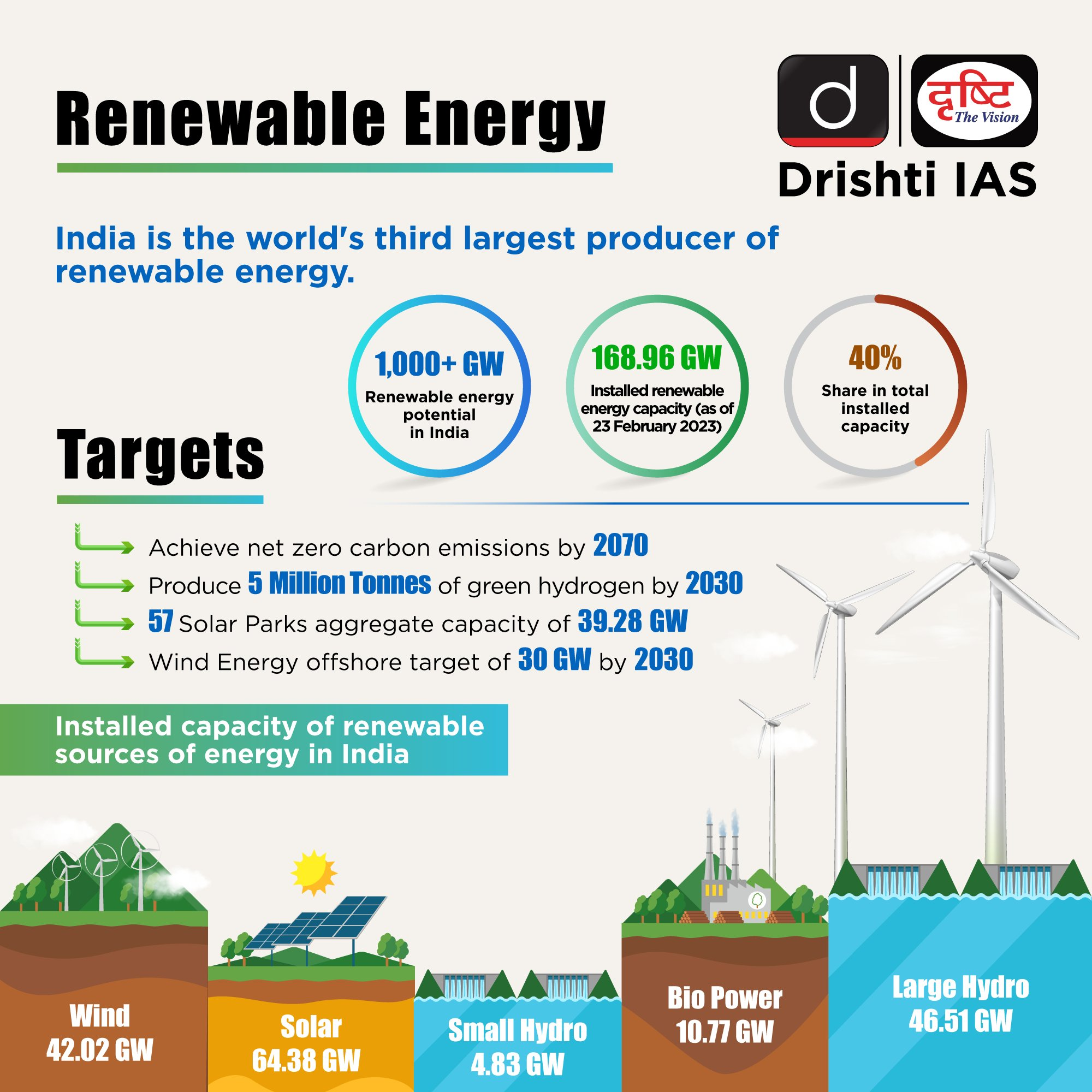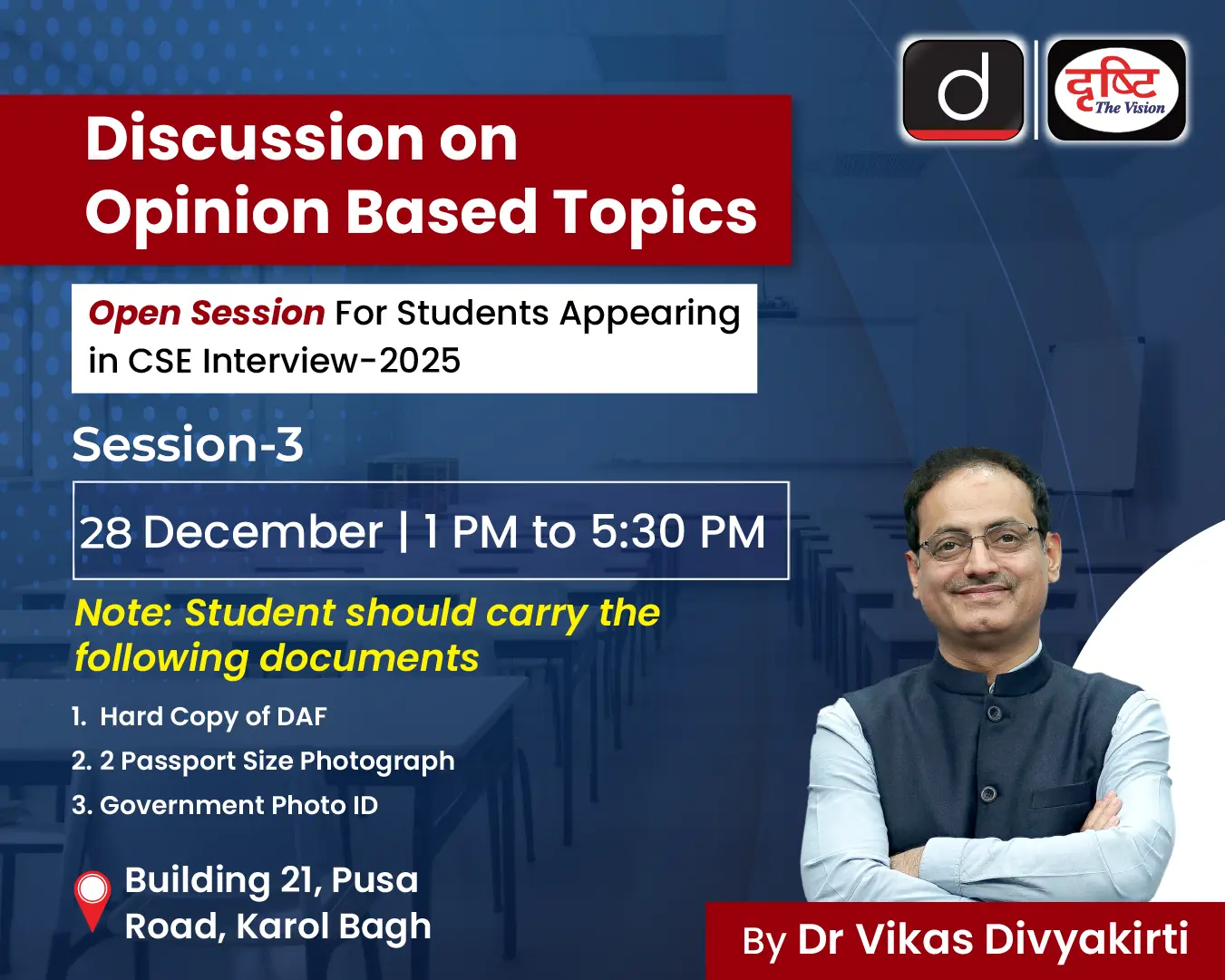Rajasthan Switch to Hindi
Rajasthan on High Alert Amid Bharat Bandh
Why in News?
- Rajasthan is on high alert following a Bharat Bandh organized by the Reservation Bachao Sangharsh Samiti.
- The protest is in response to the Supreme Court's ruling that requires states to identify and exclude the 'creamy layer' among Scheduled Castes (SC) and Scheduled Tribes (ST) from reservation benefits.
Key Points
- The Supreme Court ruled that states are constitutionally allowed to sub-classify SCs and STs based on varying levels of backwardness.
- The seven-judge Bench ruled that states can now sub-classify SCs within the 15% reservation quota to provide better support for the most disadvantaged groups.
- The Supreme Court has ruled that the 'creamy layer' principle, previously applied only to Other Backward Classes (OBCs) (as highlighted in Indra Sawhney Case), should now also be applied to SCs and STs.
- This means states must identify and exclude the creamy layer within SCs and STs from reservation benefits.
Constitutionality of Organising a Bandh, Hartal, or Similar Protests
- Article 19(1)(c) of the Indian Constitution gives citizens the fundamental right to form associations or unions.
- Article 19 restricts the state's power in relation to the rights of its citizens, particularly the right to freedom of speech and expression.
- Article 19(1)(a) grants citizens the right to freedom of speech and expression, which includes expressing opinions, beliefs, and convictions through various means.
- Demonstrations, as visible representations of ideas, are protected under freedom of speech, provided they are non-violent and orderly.
- Strikes are not included within the scope of freedom of speech.
- Article 19 does not explicitly grant citizens the fundamental right to organise hartals, bandhs, or chakkajams.
Rajasthan Switch to Hindi
RECPDCL Transfers Rajasthan Power Project to Apraava
Why in News?
REC Power Development and Consultancy Limited (RECPDCL), a subsidiary of REC Limited, handed over the Rajasthan IV-A Power Transmission project to Apraava Energy Private Limited (AEPL).
- The project is designed to facilitate the evacuation of power from the Rajasthan Renewable Energy Zone Phase IV, covering the Jaisalmer and Barmer complexes.
Key Points
- Rajasthan IV-A Power Transmission Project:
- Project Scope:
- Construction of a 765/400 kV, 4x1500 MVA pooling station.
- Construction of a 400/220 kV, 5x500 MVA pooling station.
- Laying of 184.56 kilometers of 400 kV transmission line.
- Timeline: The project is expected to be completed within two years.
- Capacity Addition: The project will significantly enhance the region's power transmission capacity.
- Impact: The project will support Rajasthan’s renewable energy objectives.
- Significance: This handover is part of the broader goal to achieve 500 GW of installed electricity capacity from non-fossil fuel sources by 2030.
- Type of Model: The project will be developed on a Build, Own, Operate, and Transfer (BOOT) basis. This development is a significant step in enhancing power transmission infrastructure in the region.
- BOOT model is one type of operator model used in project management. In this model actual investor delegates the building, operation and maintenance of a project to another company for a limited time.
- Project Scope:

.gif)

.png)





 PCS Parikshan
PCS Parikshan



